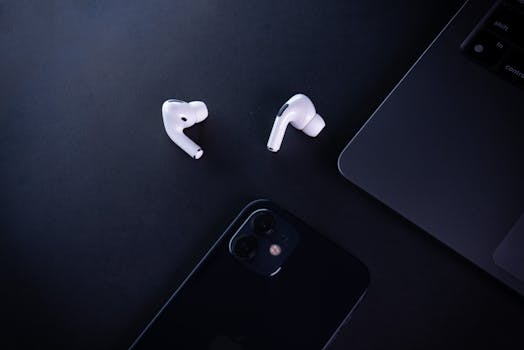Energy Consumption Concerns: Balancing Efficiency with Smart Gadgets
In today’s fast-paced world, smart gadgets have become an essential part of our daily lives. From smartphones that keep us connected to smart home devices that make our lives more convenient, these gadgets have made our lives easier in many ways. However, with the rise of smart gadgets comes the concern of energy consumption. While these devices offer convenience and efficiency, their continuous use can lead to a significant increase in energy consumption. In this article, we will explore the challenges and solutions to balancing energy efficiency with the use of smart gadgets.
The Rise of Smart Gadgets and Energy Consumption Concerns
Smart gadgets, also known as Internet of Things (IoT) devices, are electronic devices connected to the internet that can communicate with each other and perform tasks remotely. These devices provide convenience and automation, making our lives more efficient. However, with convenience comes energy consumption, as these devices require constant charging and use of electricity. According to a study by Northeast Group, smart devices are expected to consume 1,161 terawatt hours of electricity globally by 2040, representing a 50% increase from 2019.
Not only do smart gadgets consume energy while in use, but also during standby mode. Many of these devices are consistently in standby mode, waiting for voice commands or notifications, resulting in significant energy consumption. In addition, the growing trend of multiple smart devices in a household only adds to the energy consumption concern.
The Challenge of Balancing Efficiency and Convenience
The convenience of smart gadgets is undeniable, and it is challenging to strike a balance between energy efficiency and convenience. It is tempting to have multiple devices that make our lives more convenient, but at what cost? The environmental impact of energy consumption cannot be ignored. The increase in energy consumption can lead to higher carbon emissions and contribute to climate change. Therefore, finding solutions to balance efficiency and convenience is crucial.
Solutions for Balancing Energy Efficiency with Smart Gadgets
1. Opt for Energy-Efficient Smart Gadgets
One way to balance energy efficiency with the use of smart gadgets is to opt for energy-efficient devices. Look for devices with energy-saving features such as automatic shut-off, low power mode, or energy-efficient processors. Energy Star certified smart devices offer energy-saving features and can help reduce electricity consumption while still providing the convenience of a smart device.
2. Use Smart Plugs
Smart plugs are an excellent energy-saving solution for households with multiple smart devices. These devices allow you to control the power consumption of any device connected to it. You can set a schedule for when the device should be turned on and off, reducing unnecessary energy consumption. Some smart plugs even have energy monitoring features that provide real-time energy usage data, helping you track and manage your energy consumption.
3. Use Energy Management Apps
There are various energy management apps available that can help monitor and control the energy consumption of your smart devices. These apps provide insights into your energy usage, allowing you to make informed decisions on how to reduce energy consumption. Some apps also offer smart home integration, allowing you to control your devices remotely, making it easier to manage your energy consumption.
4. Practice Energy-Saving Habits
Apart from using energy-efficient devices and tools, it is essential to practice energy-saving habits to reduce electricity consumption. Turn off devices when not in use, unplug chargers when the device is fully charged, and schedule regular maintenance and updates for your devices to ensure they are running efficiently. These small changes can make a significant difference in reducing energy consumption.
In Conclusion
The rise of smart gadgets is not slowing down, and it is crucial to address the energy consumption concerns associated with it. Striking a balance between energy efficiency and convenience is a challenge, but it is not impossible. By opting for energy-efficient devices, using smart plugs and energy management apps, and practicing energy-saving habits, we can achieve a balance between convenience and reducing energy consumption. As consumers, it is our responsibility to make smart choices and contribute to a more sustainable future.











